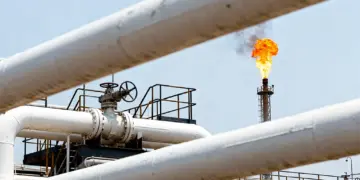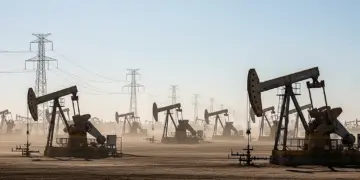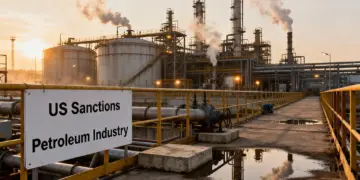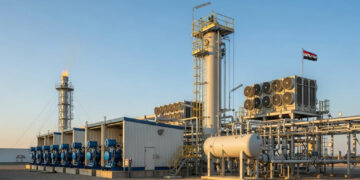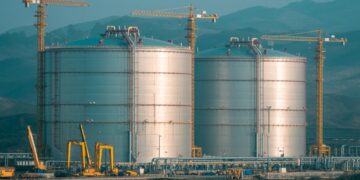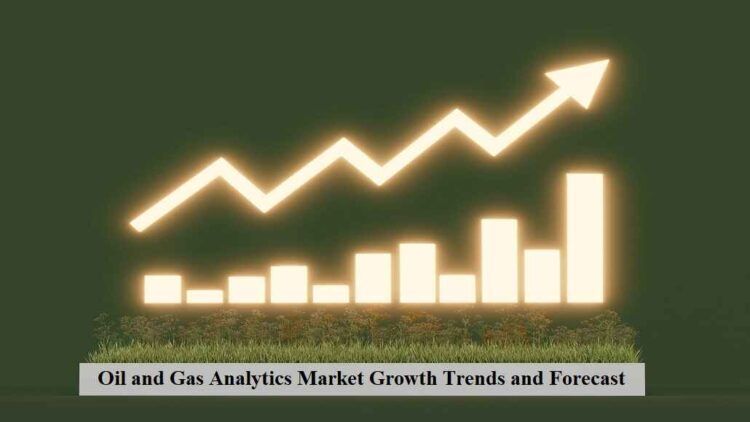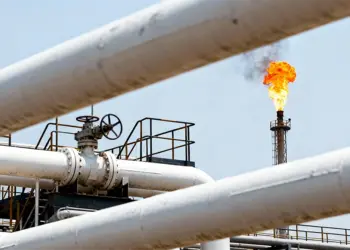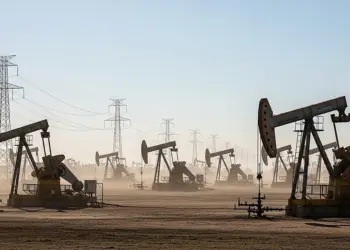Oil & Gas Analytics Market: Global Industry Trends, Share, Size and Growth
The oil and gas industry, being one of the major energy markets in the world, has always advanced with time as new technologies were integrated. This has paved way for the deployment of analytics, which has been a game changer for this sector in recent years as these analytics turns data into actionable insights and are used to make business decisions and optimize operations to be more competitive. It is expected to reach USD 59.86 billion by 2030 growing at a compound annual growth rate (CAGR) of 23.49% from 2023 to 2030. This evolution also reflects the increasing a criticality of data-driven strategies in navigating the complexities of an industry characterized by extreme volatility.
With issues such as erratic oil prices and environmental laws taking a toll on the industry – along with a global trend towards renewables – the power of analytics in the sector is a competitive edge. According to new data research, the global oil and gas analytics market is expected to reach USD 55.8 billion by 2030 with 15.6% CAGR between 2023 and 2030. This expected growth indicates a wider use of technology to facilitate processes, improve efficiency, and lower costs throughout the value chain.
Market Growth: Applications
However, the oil and gas analytics market is used by different industry functions for enhanced efficiency and decision making. The most important applications are in exploration, where geological data are analyzed with analytical tools to determine the best locations to drill. Exploration has traditionally been characterized by high levels of uncertainty, but analytics reduces that uncertainty by enabling companies to have a better understanding of likely reserves and that reserves’ economic viability.
Analytics also plays a critical role in production optimization. Monitoring equipment performance, predicting failures, and optimizing production processes, companies are able to do so by analyzing real-time data from sensors embedded in machinery. This ability ensures reduced downtime and improves the life of assets, offering enormous cost-saving and operational excellence. Major integrated oil corporations like ExxonMobil and Chevron continue to invest heavily in predictive analytics to maintain uninterrupted production operations and minimize disruption.
Analytics can be very helpful for refining processes in downstream operations. Sophisticated models evaluate factors like temperature, pressure, and chemical composition to enhance refining efficiency, minimize waste, and meet strict environmental regulations. Analytics further enhances supply chain management by allowing for real-time tracking of shipments, inventory management and the ability to control costs. These tools, when used in conjunction, allow businesses to design agile, resilient supply chains that respond in real time to now or next market changes.
Market-shaping Types of Analytics
The oil and gas analytics market is segmented, on the basis of three types, namely descriptive, predictive, and prescriptive analytics. And each of these contributes to the industry’s capacity to leverage data for better results.
Descriptive analytics is all about explaining the past performance and extracting insights from past data. By examining historical production data, companies can identify areas of improvement and take corrective actions. Descriptive analytics is the foundation of advanced analytics methods, offering a look back that can be used to inform future strategies.
Predictive analytics, meanwhile, uses machine learning algorithms and statistical models to predict future events. For example, predictive maintenance systems use data from IoT sensors to predict equipment failures before they happen. Data from a recent study found that use of predictive maintenance has reduced unplanned downtime by 30%, highlighting the life-saving power of predictive maintenance.
Prescriptive analytics goes a step further, using data insights to recommend specific actions. For instance, in refining operations, the prescriptive models recommend the process adjustments for maximizing the yields and minimizing the costs. Such sophistication allows enterprises to make decisions on a timely basis based on data, which contributes to a sustainable competitive advantage in an ever-evolving marketplace.
Oil and Gas Analytics Market: Regional Overview
You may have to log in to the oil and gas analytics market data for your region. North America captures the largest share of the market amongst other regions, doing so mainly due to the presence of established players in the industry and strong tech infrastructure. In the United States, adopting analytics has paved the way to increase shale gas production and improve supply chains.
Asia-Pacific is projected to be the fastest-growing segment during the forecast period, owing to a rise in energy demand, investments in exploration projects, and digital transformation in the oil and gas industry. A country like China, with its growing economy, is quickly modernizing its energy industries to fuel that growth as is India. Such initiatives cover using analytics to improve resource usage and lower environmental footprint.
Strong environmental regulations and commitment to carbon neutrality in Europe and China also drives the analytics adoption. European firms are enhancing operational efficiencies and promoting sustainability goals with the help of these AI tools. Such a trickle-down effect can be seen in the Middle East and Africa, regions that house the bulk of Earth’s biggest oil reserves, were they are also saluting analytics as a savior in improving extraction and refining methods. Adoption is still nascent in the region, but investments in digital technologies are likely to accelerate growth in the coming years.
Challenges and Opportunities in the Market
The oil and gas analytics market are filled with opportunities for growth, but there are challenges associated with the same. The integration of analytics with legacy systems is the most notable challenge. Some oil and gas companies continue to depend on traditional infrastructure that is not compatible with contemporary analytics tools, instituting expensive upgrades or replacements.
Moreover, there is also a lack of specialized talent in Data Analytics which prevents mass adoption. Creating and sustaining sophisticated analytical models require skills in data science, engineering, and domain expertise related to the oil and gas industry. The full power of analytics can only be harnessed when companies invest in workforce training and upskilling.
Tremendous room for innovation and growth exist in the market, even with these challenges. The industry could also see a major overhaul in itself using the artificial intelligence, machine learning, and big data analytics. AI-powered analytics, for example, can help enhance exploration precision by evaluating unstructured data like satellite images and seismic reports. Blockchain technology has also been adopted in attempts to improve supply chain transparency and traceability that help mitigate inefficiencies and fraud.
Looking Ahead: Data-Driven Future
The future of the oil and gas analytics market is still a topic of research, however, because this trend is at rise among companies. This would also ensure long-term competitiveness through improvement in operational excellence, reduction of expenses, and increase of sustainability, by incorporating advanced analytics networks within organizations.
Collaboration between technology providers, the industry stakeholders, and policymakers will be the key as the market continues to evolve. Governments have a crucial part to play by driving digital transformation through incentives and supporting an ecosystem of innovation. Likewise, technology suppliers need to build scalable and easy-to-use solutions that specifically cater to the oil and gas industry.
In summary, the oil and gas analytics market stand as both a crucial enabler of resource efficiency and a lifeline for resilience in the contemporary energy ecosystem. In the turbulent waters of today’s unpredictable economic climate, analytics will be the compass that helps organisations navigate their way towards sound strategies and sustainable development. And with the global market size projected to hit USD 55.8 billion in 2030, the road to a data-driven future is already in motion, paving the way for an era of agility, innovation, and success.



